Put the Life Back Into Your Soil
Follow these 7 steps for stronger plants and a healthier ecosystem
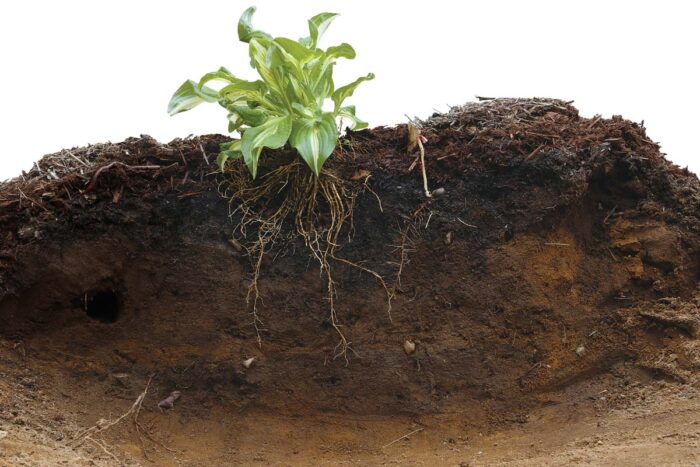
For many decades, soil science focused on the physical and chemical properties of the earth beneath our feet. Researchers explored the importance of key plant nutrients like nitrogen, phosphorus, potassium, and iron. They observed how factors like soil texture and pH affect plant growth. Because of this important early work, today’s farmers and gardeners have access to reliable tests and data to help them decide which plants to grow and which amendments to use to correct deficiencies.
In recent years, however, researchers and growers alike have turned their attention to the robust and interconnected web of life that inhabits healthy soil. The more we learn about the organisms that live in this hidden ecosystem, the more we understand the profound positive impact that biological activity has on soil’s physical structure and plant health.
Luckily, it’s easy for home gardeners to support the diverse community of soil life that helps plants thrive. If you are ready to stop treating your soil like dirt and start growing healthier plants, here are some easy tips to help you succeed.

Step Back and Give It Some Air
About 50 percent of typical garden soil is pore space, a series of tiny interconnected pathways, which may be occupied by water or air.
Soil pores are created when plant roots, fungi, and other organisms live, die, and consume each other in the soil, exuding sticky substances that hold mineral particles and bits of organic matter together. The voids left behind allow air to move in and out of the soil, supplying oxygen to plant roots and aerobic organisms. When it rains and water drains through soil pores, some of it stays behind in the medium- and small-sized pores where plant roots and other soil life can make use of it.
Excessive tilling and compaction can fill in pore spaces, especially in silt- or clay-based soils. Working or walking on wet soil can also be a problem; in this case, the most susceptible pores are the important large macropores that help water to drain evenly through the soil.
To keep soil pores open, avoid overworking the soil, and make it a rule to stay off the soil when it is sticky.
Feed Your Soil the Way Nature Does
Organic matter makes up only about 5 to 10 percent of good garden soil but, as every gardener knows, this is a very important 5 to 10 percent.
Healthy soil has organic material passing through three states:
1. The living, which include plant roots, invertebrates of all sizes, fungi, bacteria, and countless other macroscopic and microscopic organisms.
2. The recently dead, which are fresh residues of living things in an active state of decomposition.
3. The very dead, or humus, which is material that has broken down until it is stable and resists further degradation.
The vast majority of soil-dwelling organisms live in the top few inches of soil. To help them thrive, we can mimic nature’s recycling strategy. Simply add organic debris to the soil surface and let your “underground herd” break it down. As it does, it will improve your soil’s texture and make nutrients available to your plants.
So don’t be shy about applying copious amounts of organic residue to your soil. Grass mulches even several inches thick will be consumed quickly by soil-dwelling biota. If you keep soil microbes fed, they will repay you by keeping the soil functioning in top form and making nutrients available to your plants.
Avoid Overfertilizing
If you add bagged fertilizer to your soil, the amount should be adequate for plant growth but not excessive. Most fertilizer is concentrated, and excess nutrients can pollute water and even create a toxic environment for plants and soil microbes.
Synthetic fertilizers are salts. They can accelerate plant growth, but overfertilized plants may be less robust when faced with pests, drought, and other environmental stresses.
Remember that adding once-living organic materials to soil supplies nutrients to the entire biotic ecosystem, including your garden plants.
Till as Little as Possible
When our ancestors invented the plow, they unlocked a powerful method for making nutrients available to crops. But from a soil organism’s point of view, plowing is an epic disaster. When soil is turned over and broken up, millions of organisms are killed and displaced. The recently deceased organisms release stored energy that your preferred plants can use, but remember that these “easy” nutrients come at the expense of other soil life.
Tilling organic matter deeply into the soil may create a cleaner-looking soil surface, but this practice leaves organisms that live near the surface without a food source. The easier, healthier approach is to add compost or plant residues to the soil surface or to incorporate them into only the top few inches of soil. The soil biota will take care of breaking the material down into nutrients your plants can use, and moving the nutrients down into the soil where plant roots can find them.
Compacted soil may be loosened by working in rich organic material with a spade or tiller. If you need to till, don’t overdo it, and be sure to top the soil with an organic mulch to help reestablish the soil ecosystem.
Take Stock of Soil Texture
Mineral solids make up about 45 percent of an average soil. Your soil likely contains a combination of stone fragments, sand, silt, and clay. The mix of these particle types determines the soil’s texture. While there’s not much you can do to change the mineral composition of your soil, the addition of organic matter can help improve the function of almost any soil.
Coarse-textured sandy soil is “light” and easy to work, but can end up too dry. Adding plant residues, compost, and mulch help sandy soil hold more water and nutrients.
Silty soils are a bit heavier than sandy soils. These can be productive soils, especially those that have enough organic matter to retard soil hardness and compaction.
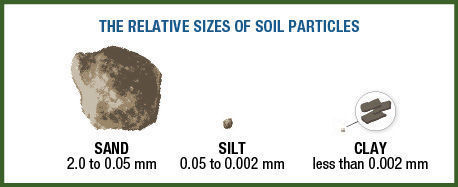
Heavy clay soils are fine-textured materials that tend to hold too much water. These can be loosened and lightened with organic matter, which helps to open up the tight clay, allowing water to drain and air to enter.
Two easy ways to add organic matter to soil
1. Side-dress plants with brown manures, “wastes” that have been through an animal, been composted, or both.
2. Utilize green manures, crops that are grown in place and either chopped down to serve as mulch, or incorporated into the top layer of soil to act as fertilizer.
Keep Your Soil “Crumby”

The next time you dig up a plant, look closely at the soil clinging to its roots. You will see that the soil particles are structured into crumbs, also called aggregates, of varying sizes. Mineral particles and bits of organic matter are bound together by plant roots, fungal hyphae (the rootlike filaments of fungi that absorb nutrients) and the sticky substances produced when your “underground herd” of macro- and microscopic creatures feed on plant roots and each other.
Notice how the aggregates pack together rather loosely. This loose structure helps water and air enter the soil, and gives new roots a place to grow. Plants grown in well-aggregated soil are more resilient to erosion, drought, and attacks by pest organisms. The soil care practices mentioned on this page help to support the living things that build good, crumby soil.
Grow Lots of Plants

Living plant roots are the foundation of the soil ecosystem, so bare soil is not healthy soil. Even turf grass and weeds provide habitat and food for countless soil-dwelling organisms.
When you grow a mix of plant species together, you invite a diverse array of soil organisms to feed on the smorgasbord of organic materials found in and around the plant roots. Soil dwellers constantly recycle nutrients, extracting what they need to survive and leaving behind residues that other organisms, including your plants, can use. So try to keep a lot of different plants growing in your garden. If you have a bare bed, consider a cover crop. If you have a spot that’s mostly mulch, here’s your excuse to buy more plants. You can even claim that the weedy spot behind the garage is a soil restoration project—the science is there to back you up!
Who’s down there?
Meet the diverse community of living things that inhabit your soil.
Above the soil surface
• Green plants convert energy from sunlight into nutrients that can be stored and used by other life forms. Plant roots help to build soil structure and provide food and habitat for soil dwellers large and small.
Below the soil surface
• Algae are abundant in the top layer of soil where light and moisture are plentiful. Like plants, algae use photosynthesis to convert sunlight into energy-rich sugars.
• Bacteria help to break down organic residues, freeing up nutrients like carbon and nitrogen that other living things can use. Specialized bacteria called rhizobia partner with plant roots to fix nitrogen in the soil.
• Fungi also help to decompose organic matter. Mycorrhizal fungi form symbiotic relationships with most plants, exchanging nutrients and water with plant roots.
• Protozoa feed on bacteria and fungi and are thought to be instrumental in the mineralization of nitrogen.
• Nematodes are often the most abundant multicelled organism in soil. These tiny wormlike creatures are decomposers, predators, and a food source for other soil life.
• Macroscopic organisms like earthworms, insects, arthropods, and millipedes improve drainage and soil structure as they tunnel and feed.
Bob Schindelbeck is an extension associate at Cornell University’s Department of Soil and Crop Science, and he coordinates the Cornell Soil Health Laboratory’s operations and development.
Photos, except where noted: Carol Collins; courtesy of Liam McCombe; Danielle Sherry. Illustrations: Kate Gosselin


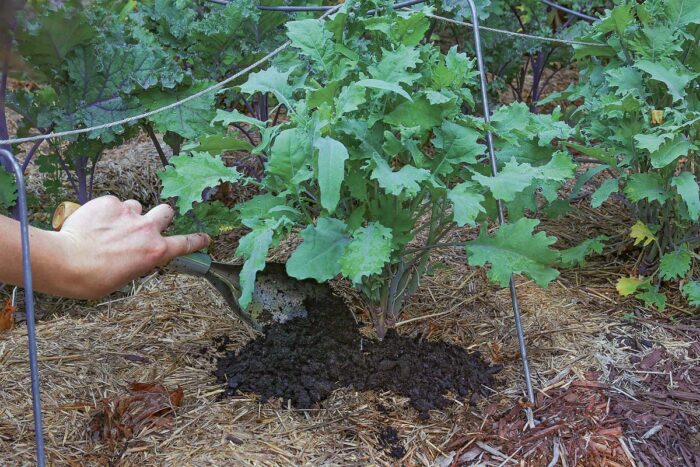
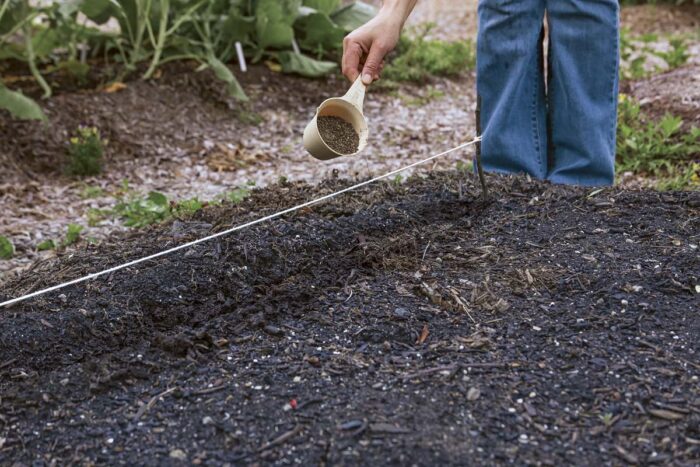
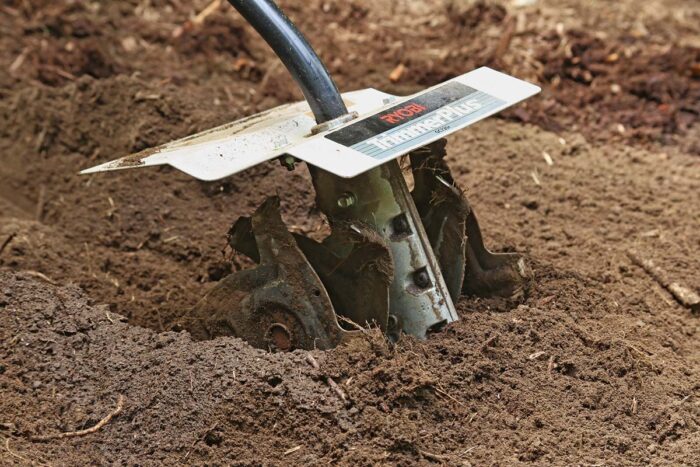



Comments
Log in or create an account to post a comment.
Sign up Log in